With our 2024 “Creative Visionaries” class, we salute the news media industry’s creative and visual contributors. Whether designing a magazine cover, shooting photos for a breaking news story, creating a layout for a multi-page publication or developing interactive graphics, our creative colleagues bring storytelling to life — curating captivating images, informative graphics, copy and, increasingly, video and audio. Their talents for communicating the news in visually intriguing ways help the public better understand and fully experience our stories. E&P celebrates the passion of these individuals for news and creative accomplishments.

Tony Carosella
Editor
Hermann Advertiser-Courier, Hermann, Missouri
How long have you been in creative/visual journalism, and how did you get your start?
I began in high school shooting photos for the yearbook. In 1983, I started my first job as a photographer and assisted as a grip for a filmmaking company.

What gets (and keeps) your creative juices flowing?
Telling and illustrating the stories in more interesting ways than I have up to the present. For instance, I like using different camera lenses or points of view that would make me want to take a second look at a photo of a subject that might typically be boring.
What advice do you have for young professionals starting out in the creative field?
I think of Wayne Gretzky’s quote about hockey and apply it to most photo and video assignments. “You miss 100% of the shots you don’t take.” If you have an idea about an assignment that takes a little more effort than just easily completing it, take the shot and put more of yourself into it. Sometimes, magic happens.
What do you see as the most important trend or facet of visual journalism/media creative today?
Telling stories and using all the digital and social media tools that you find interesting. I first try to create interesting visual content and then explore options to present the work on different platforms to get eyeballs on the work. Sometimes, combining audio and effects helps get your point across, but avoid creating digital garbage. There are so many new tools that it is overwhelming. Relax and take the time to find what rings true for you, not just the trending tools and apps.



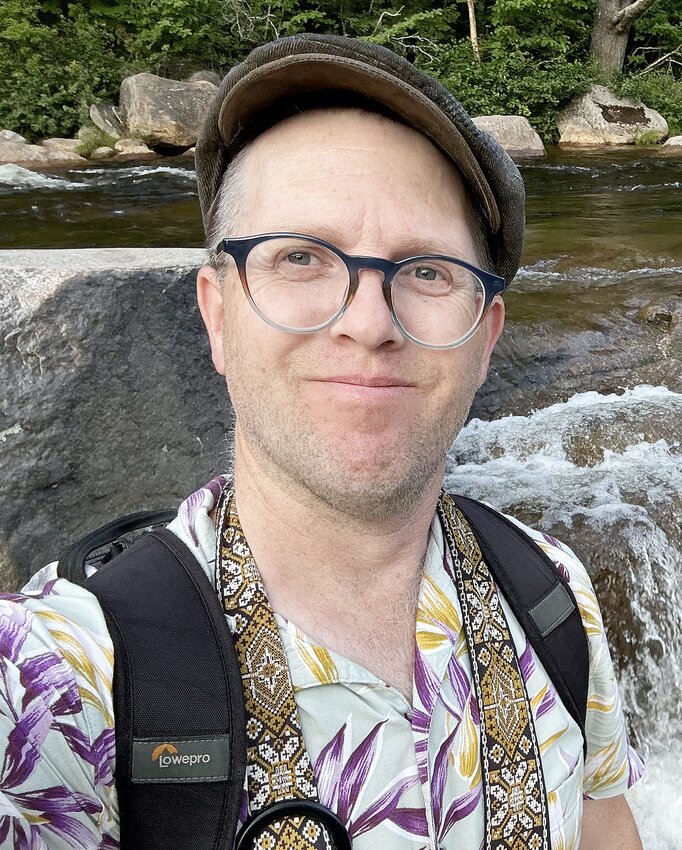
Rob Inglis
Photographer
The Daily Item, Sunbury, Pennsylvania
How long have you been in creative/visual journalism, and how did you get your start?
I started in photojournalism when I was a sophomore in college in 1999 at a weekly newspaper, The Clinton Courier. Upon graduation in May 2003, I started working for The Daily Item.
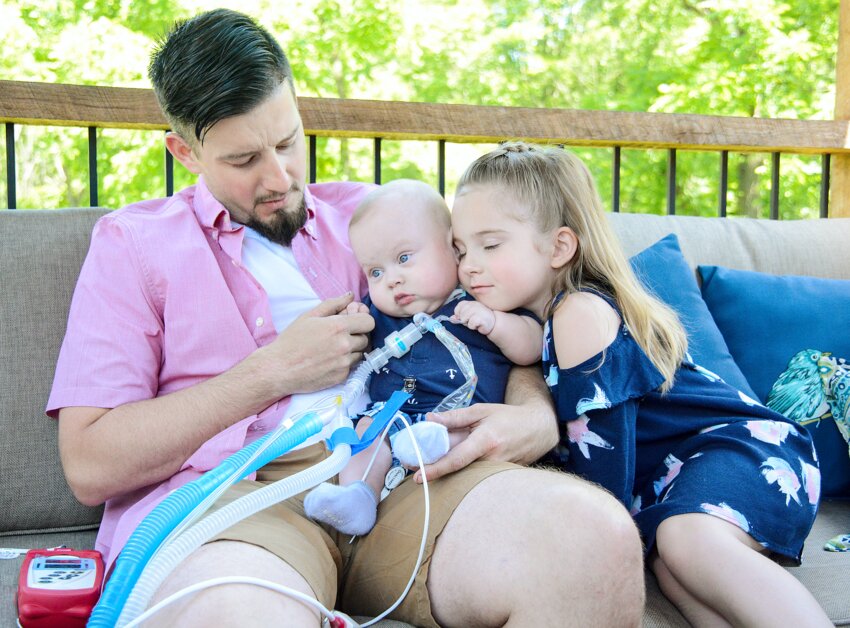
What gets (and keeps) your creative juices flowing?
Honestly, sometimes I’m a little competitive, so I like to look at what other photographers in my area are doing and try to get a better shot.
What advice do you have for young professionals starting out in the creative field?
Trust your instincts and vision, but also be willing to take advice from those who have been in the field around you for a while.
What do you see as the most important trend or facet of visual journalism/media creative today?
In my field of photojournalism, honesty is the biggest issue. In a world where it’s getting hard to tell visually what is and what isn’t real, taking an honest photo of a subject and putting it out to the world as such is essential.
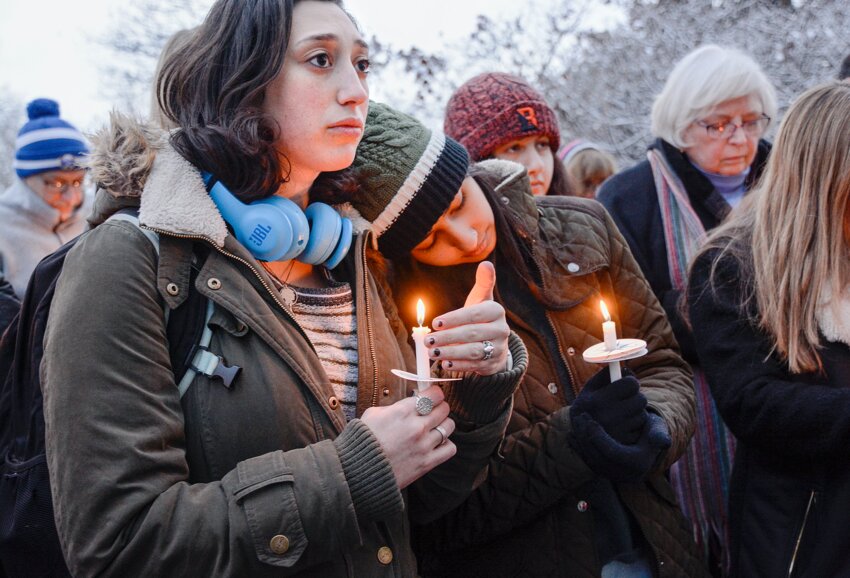


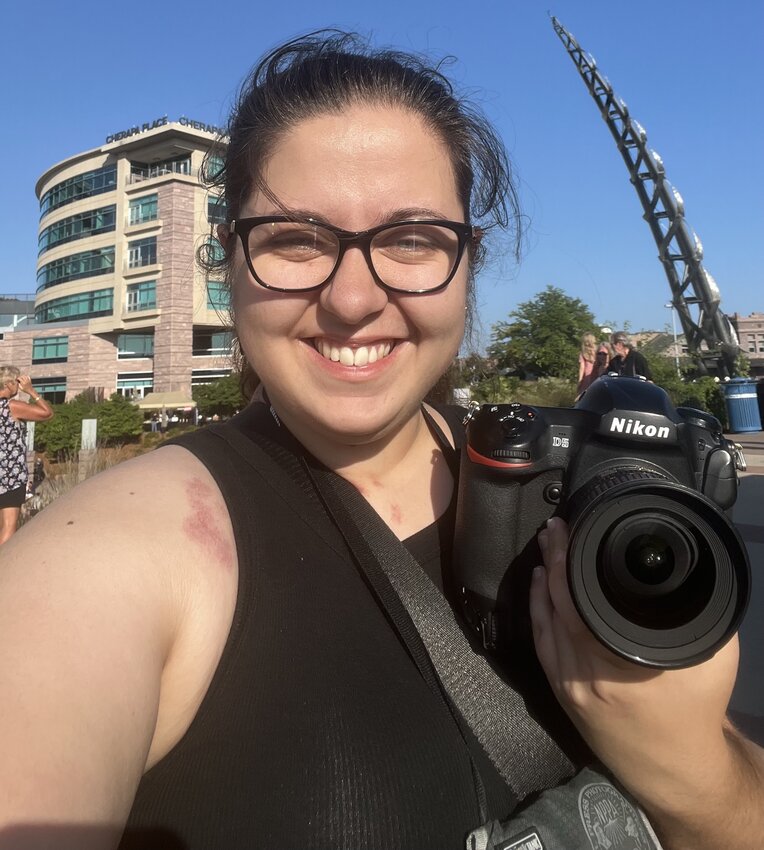
Samantha Laurey
Visual Journalist
Argus Leader, Sioux Falls, South Dakota
How long have you been in creative/visual journalism, and how did you get your start?
I’ve been in visual journalism for four years, including as a student photojournalist. Prior to my visual journalism experiences, I had taken the route of journalism as a reporter when I attended community college at Diablo Valley College in Pleasant Hill, California. Although I was mainly writing, I took it upon myself to bring a camera to every assignment to grab a photo or two. Once I transferred to San Francisco State University, I enrolled in their photojournalism degree program, where I explored those skills more. Thanks to my experiences at student newspapers The Inquirer and Golden Gate Xpress, I learned the basics of visual journalism and applied it to my daily work/projects. Additionally, I thank the four internships I had throughout college — Pleasanton Weekly, Bay City News, San Francisco Examiner and San Francisco Chronicle — that I was able to push my visual boundaries.

What gets (and keeps) your creative juices flowing?
I have a few avenues for how I keep my creative inspirations going. First, I take on as many opportunities to show off the community of Sioux Falls. Regardless of whether there's a news angle or written article, I feel it is important to show how active the community is year-round. Show what makes it special to the people who make up that city. I usually go to community events, stroll around town or talk to people about what's happening. Second, I stay in touch with my visual peers, wherever they may be. I have virtual peer critiques with them on my previous work and brainstorm sessions for upcoming projects. I am constantly taking in constructive criticism to push myself more and be a better visual journalist. Finally, I always make the time to photograph anything that I see. More times than not, there’s always something going on.

What advice do you have for young professionals starting out in the creative field?
Don’t get discouraged. As often as I was rejected, I kept trying to put myself and my work out there. If you have a visual story that only you can tell, create it and put it on a website to use as a portfolio. Reach out to those in the career you are looking toward and ask questions. Talk with your peers for different perspectives on your work. Show up to as many of the photography shows, conferences and events that can help you network. Be as active as possible in this industry; you never know who will recommend you, whether for a freelance assignment, internship/fellowship or a job.
What do you see as the most important trend or facet of visual journalism/media creative today?
An essential facet of visual journalism is to adapt to the field itself. There are a lot of struggles keeping visual journalists and photojournalists in newsrooms across the nation. We must use our voices and continue to find new ways to make visuals mandatory, whether you are in journalism or not. I am fortunate to be in a newsroom that values my work and remains open to my ideas. With that, I continue to learn more about how to use social media for storytelling, how to use graphics that can show complicated data and how AI will play a role in the future. I must stay current on what else may come my way as this field of work continues to grow and find my place in all of it.
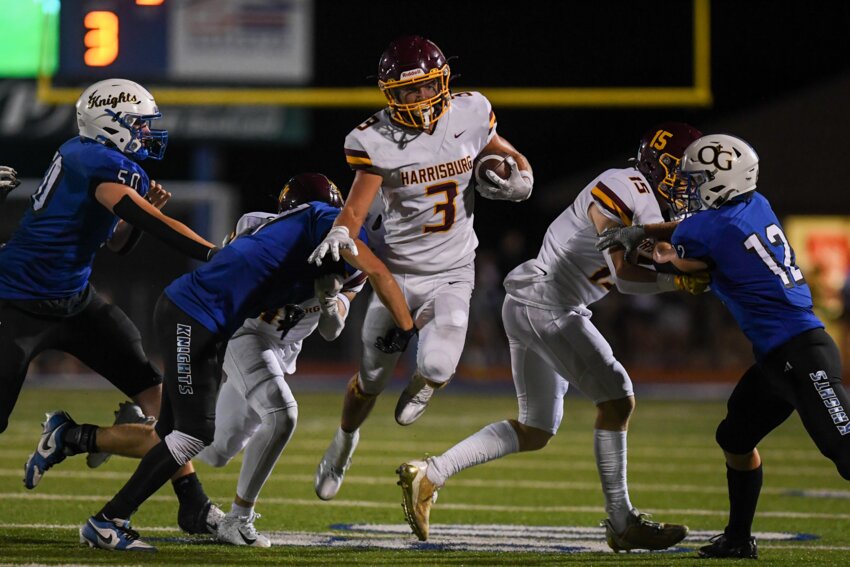

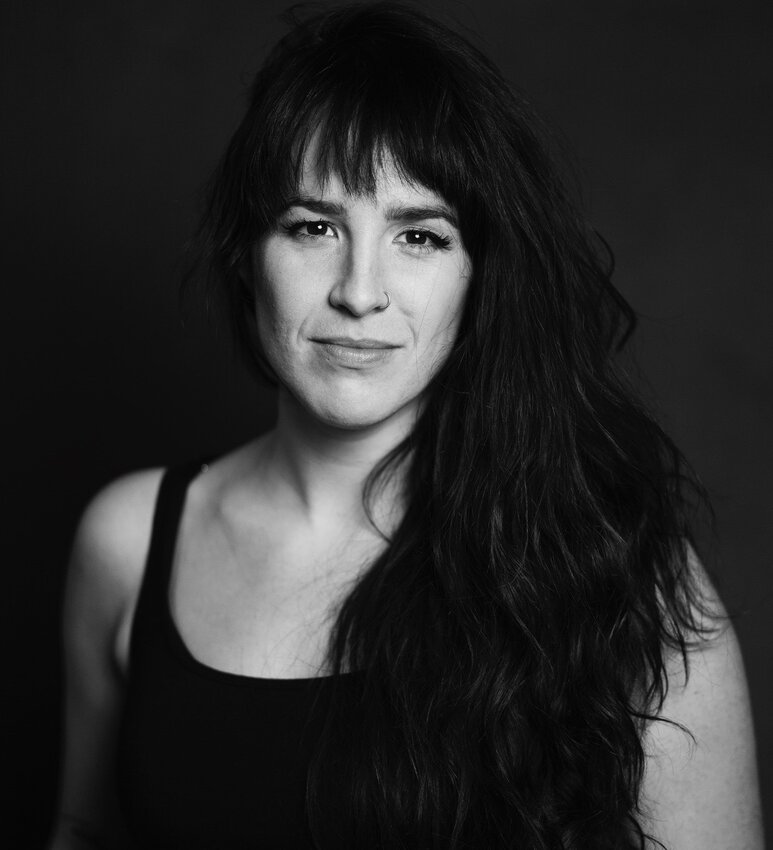
Libby March
Staff Photojournalist
The Buffalo News, Buffalo, New York
How long have you been in creative/visual journalism, and how did you get your start?
It feels wild to say so, but I’ve been in visual journalism for about 15 years! I first photographed for my college newspaper, Central Michigan Life, in my sophomore year. I balanced film photography classes in the art department with photojournalism courses, worked on the CM Life photo staff and completed internships at four newspapers during and after college. At the close of my final internship in 2013, I jumped straight into freelance. I slowly built momentum that eventually landed me in my current position as a staffer with The Buffalo News.

What gets (and keeps) your creative juices flowing?
I am enlivened by the resilience, ingenuity and courage of everyday people — underdogs, if you will. I love to document the journeys of traditionally marginalized people creating new routes to build power and find beauty in situations stacked against them. It’s my great joy to collaborate closely with those I photograph and try to reflect what they are experiencing to our greater community.
What advice do you have for young professionals starting out in the creative field?
Be a sponge, but pay close attention to the stories and projects you’re drawn to. Those enterprises will keep you engaged with the work and help you develop your voice, which will get you hired. You must also hold that passion close because this industry can be harsh, so you need your fire to sustain yourself. That said, journalism is a marathon, not a sprint, so do the best stories you can as best you can, and try to let go of what you can’t control. Try to work with tenderness — for the community you serve, but also for yourself. And finally, for those out there freelancing, don’t be afraid to take a side job if (and when) creative work gets light. You need to make a living so you can keep taking pictures.
What do you see as the most important trend or facet of visual journalism/media creative today?
There’s an ongoing conversation about how best to work respectfully with those whose lives we are documenting. A few years ago, a collection of photo organizations drafted a Photo Bill of Rights outlining best visual storytelling practices. The PBoR was hotly debated (and still is), but the collaborative approach described there offers a path to more meaningful, constructive storytelling. Like all mediums, photography holds great power, and it’s imperative that we examine our practices closely and continually, and adjust when needed.

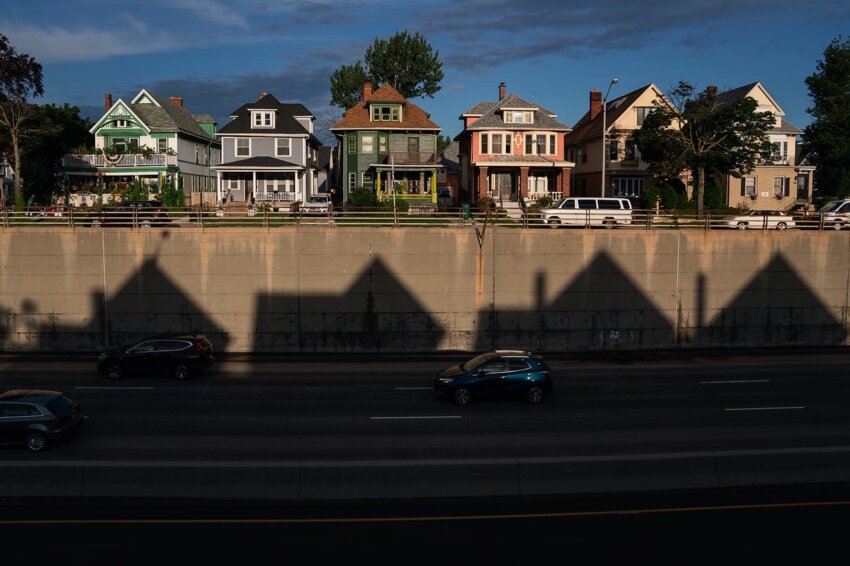

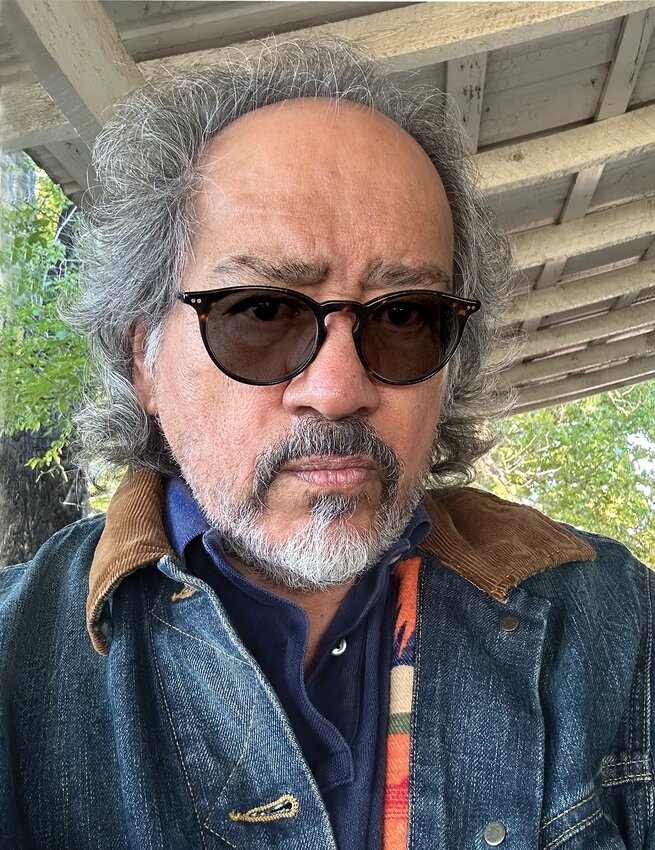
Xavier Mendez
Graphic Designer
Rio Grand SUN News/El Rito Media, Española, New Mexico
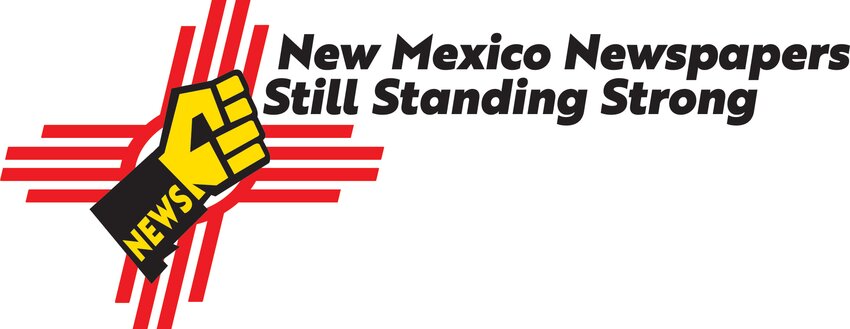
How long have you been in creative/visual journalism, and how did you get your start?
[I received a] Master of Fine Arts degree in 1979 and have worked as a graphic designer since 1980, so 44 years. I have been working for the Rio Grande SUN News since 1997.
What gets (and keeps) your creative juices flowing?
Art and graphic design are very close to my DNA. Visual images have always inspired me to create something.


What advice do you have for young professionals starting out in the creative field?
I advise current and future graphic artists to investigate, explore and learn creative apps like Adobe Creative Cloud.
What do you see as the most important trend or facet of visual journalism/media creative today?
I admire journalists who expose their lives and are many times killed in the line of duty. [I also admire] the publications that seek to publish the truth and defend the sacred principle of freedom of the press without censorship. As the adage goes, “The pen is mightier than the sword.”

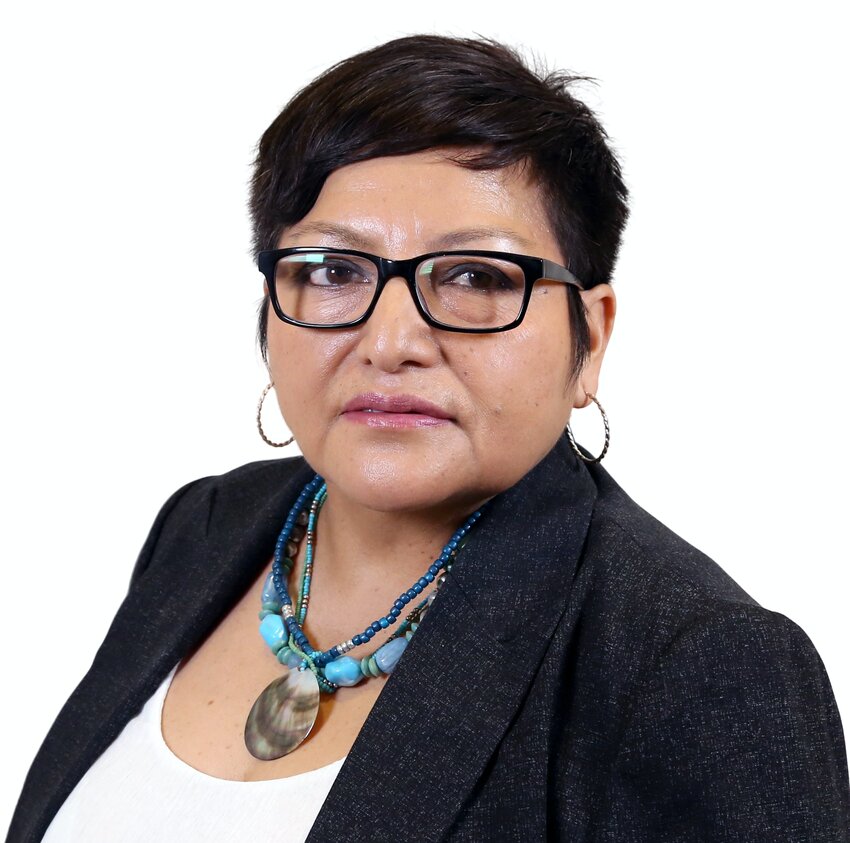
Carmen Mendoza
Senior Web Producer
The Chronicle of Higher Education, Washington, D.C.
How long have you been in creative/visual journalism, and how did you get your start?
I’ve only been a visual journalist for seven of my about 25 years in the field.
What gets (and keeps) your creative juices flowing?
To stay creative, I use a range of tactics. I begin by making every effort to read as much as I can. Biographies and epistolary novels are my favorite genres of literature. I also try to read the news and stay current with the business. Lastly, I recently picked up the swimming skill, which helps me think the best. The sound of the water is so serene and calm as I slide beneath it.
What advice do you have for young professionals starting out in the creative field?
In today’s industry, adaptability is essential. You must keep learning because the environment is constantly changing, and there are several methods to consume news. In this industry, you occasionally have to be a jack of all trades to remain marketable. Avoid becoming overly used to a single ability. Above all, be true to who you are and to your voice.
What do you see as the most important trend or facet of visual journalism/media creative today?
In this fast-paced digital world, audiences expect more than static visualization. They expect interactivity and connectivity. Personalizing the news is imperative to engage your audience at a deeper level. The combination of technologies and good human-driven storytelling allows journalists not only to inform but also to evoke emotions.
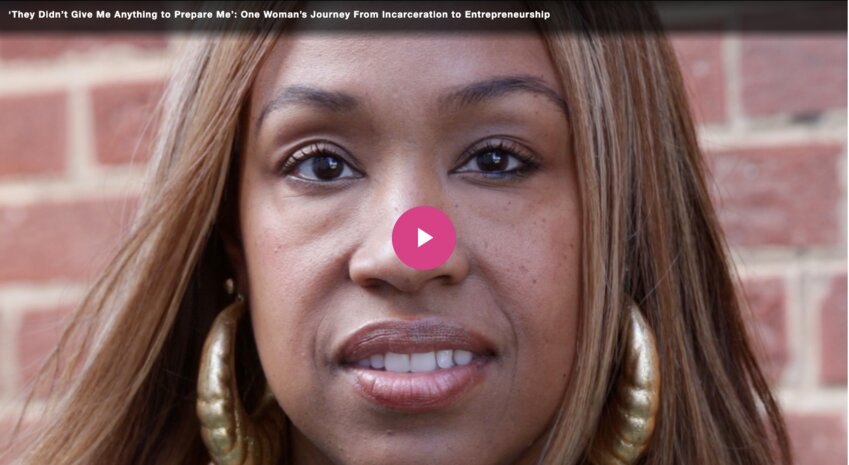
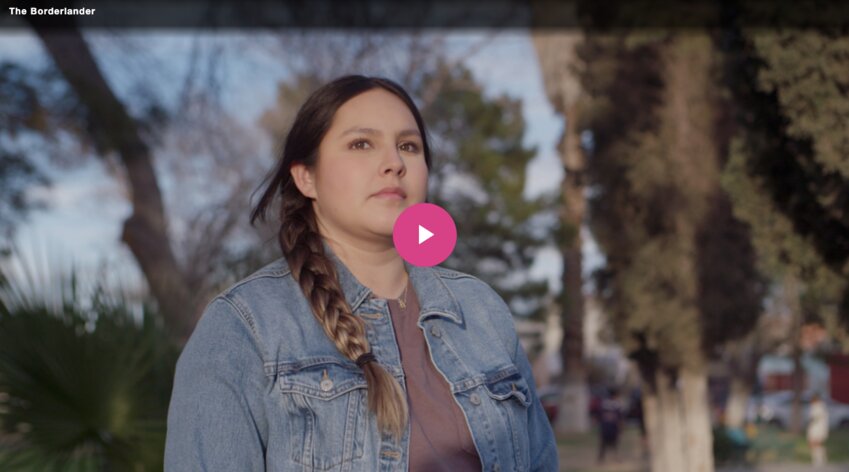


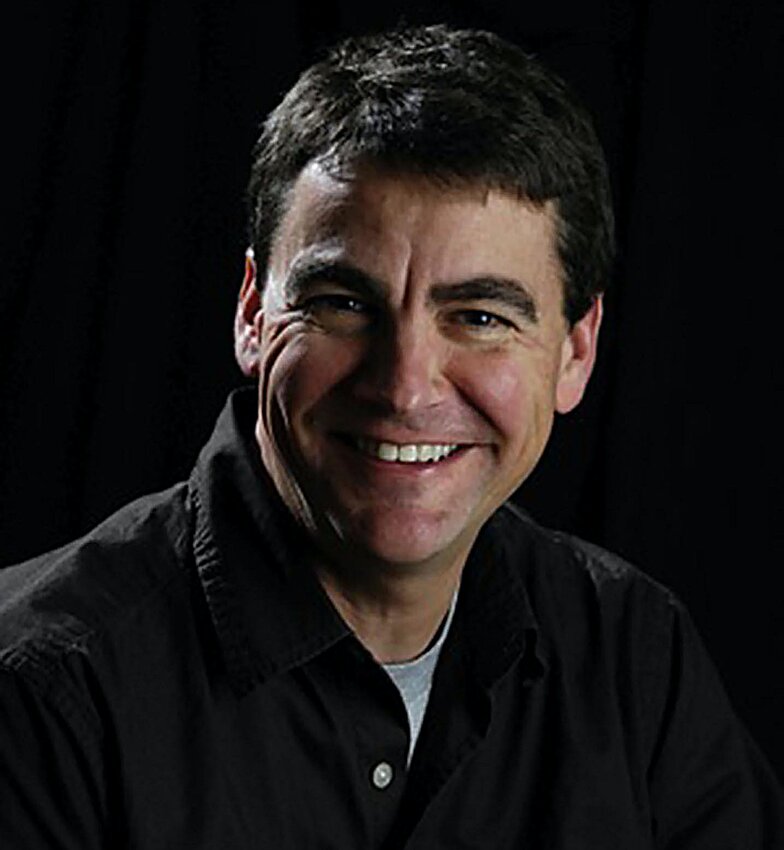
John Starks
Senior Photographer
Daily Herald Media Group/Paddock Publications, Arlington Heights, Illinois
How long have you been in creative/visual journalism, and how did you get your start?
I have been working full-time as a newspaper photojournalist for 33 years. I started by knocking on doors and making cold calls to photo editors at every newspaper in my home state of Michigan. That was the only way to do it before the internet. I made an annoyance of myself and then backed it up by producing photos and stories when I got the chance. I would spend a day in a town, looking for and shooting feature photos and then driving to the newspaper to introduce myself and hand a roll of film or a print to a photo editor. I hustled.
I got a bachelor’s degree in journalism from Central Michigan University, worked internships and acted as the photo editor for the award-winning CMLife student newspaper. I continued to hustle for work throughout college and started my first full-time job two days after graduating.

What gets (and keeps) your creative juices flowing?
One thing that boosted my creativity was when I became involved in social media. It’s probably difficult for young journalists to imagine a world without the internet and social media. Half my career was spent waiting for the next day’s newspaper to see how my photos were used. Now, publication is immediate. Platforms like Instagram gave me a place to publish images that may have otherwise never been seen. I let my creativity flourish on social media. I often see and photograph things on assignment that would not usually be published because they don't illustrate the story. Now, when I am distracted by a tiny detail or odd moment at an event, I have a place to post the photo. My colleagues call it “Starksvision,” and it has become a big part of my routine. I love to tell stories with pictures and find details others may miss. You can see what I’m seeing on Instagram or Facebook @johnstarksphoto.
What advice do you have for young professionals starting out in the creative field?
Young journalists need to find their voice. It’s essential to learn what is important to you and what inspires you and then inspire others with your vision. Mine happens to be odd details.
What do you see as the most important trend or facet of visual journalism/media creative today?
Artificial intelligence (AI) scares me. I think it’s easy to be careless, distort and change reality with AI software. As journalists, we must present the truth, and I hope young journalists understand the vital difference between truth and creativity. It can be a fine line that we walk to be both truthful and creative. Leave the AI software alone when shooting pictures and videos for news platforms. Journalists fight a constant battle to be believed and trusted. We all learned to use Photoshop responsibly; now, we must do the same with AI technology.

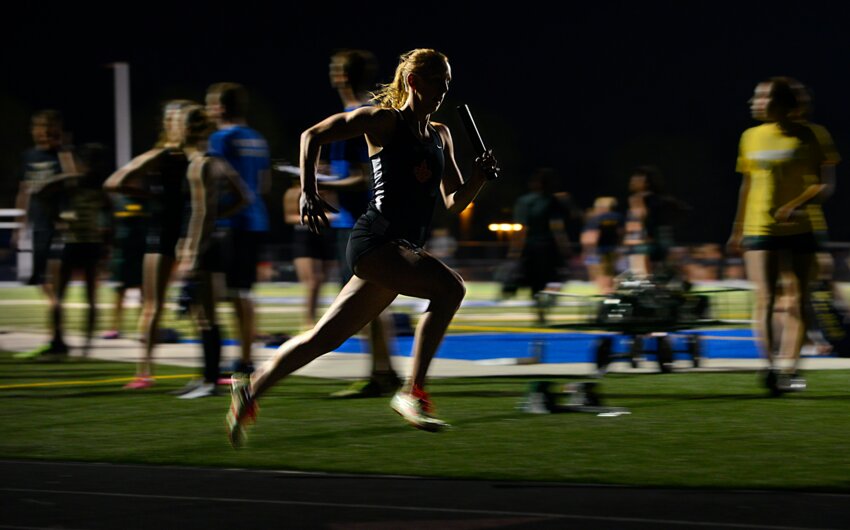


Riley Taber
Graphic Designer
Fredericksburg Standard-Radio Post, Fredericksburg, Texas
How long have you been in creative/visual journalism, and how did you get your start?
I’ve been designing since high school and continued to pursue it in college, focusing on book and publication design, primarily through low-cost risograph zines. Post-graduation, I fled the big (mid-size, really) city for small-town living and while looking through local newspapers, I saw a job listing for a designer. I've been here for over a year, and it was like jumping on a bike with a jet engine strapped on the back. A weekly paper, special sections, magazines, social media and whatever else comes up is a lot of work, but it’s so rewarding to be challenged creatively every day.
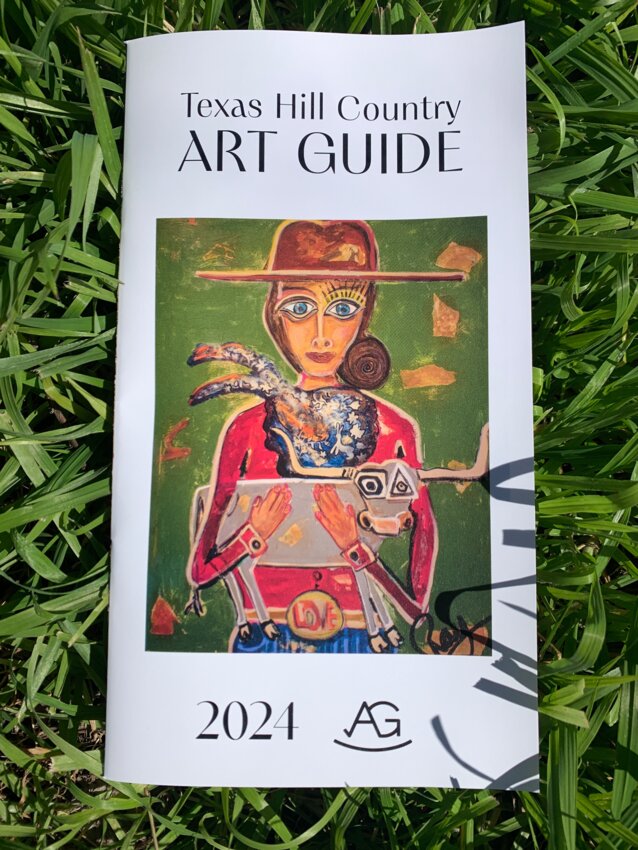
What gets (and keeps) your creative juices flowing?
I am constantly amazed by what my peers are creating, not just in publication design or journalism, but in all realms of design. I read new magazines I see at the store, collect posters or art books from thrift stores and collect vinyl records and photo slides, which I have way too many, according to my family. While social media feeds us curated content (and I do love to see what my friends are creating), physical media is critical for me when trying to find inspiration. This is probably a symptom of my art history degree.
What advice do you have for young professionals starting out in the creative field?
I’m still pretty green, but I’ve learned never to be complacent about how you can turn a small task into a fully creative project to try new techniques or styles. Becoming a better designer or creative requires constant training and refinement, resting on what you know leads to burnout. Let yourself push the bounds of accepted design, even if your boss keeps telling you you cannot make a hot pink magazine.
What do you see as the most important trend or facet of visual journalism/media creative today?
The push towards empathy and locality has been crucial for keeping visual journalism relevant. Representing a community and pushing people to make connections with those in immediate proximity to them is one of the most important roles of journalism for me. The way that visual media is able to communicate a common identity is so powerful. Photography and design provide media vessels for people to receive information about their community, and that media should reflect the community they are informing.
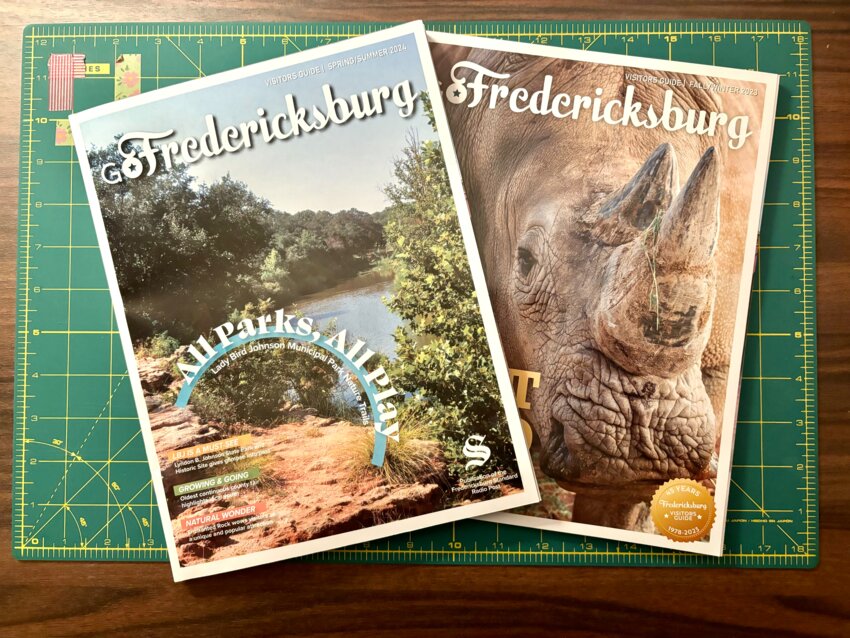


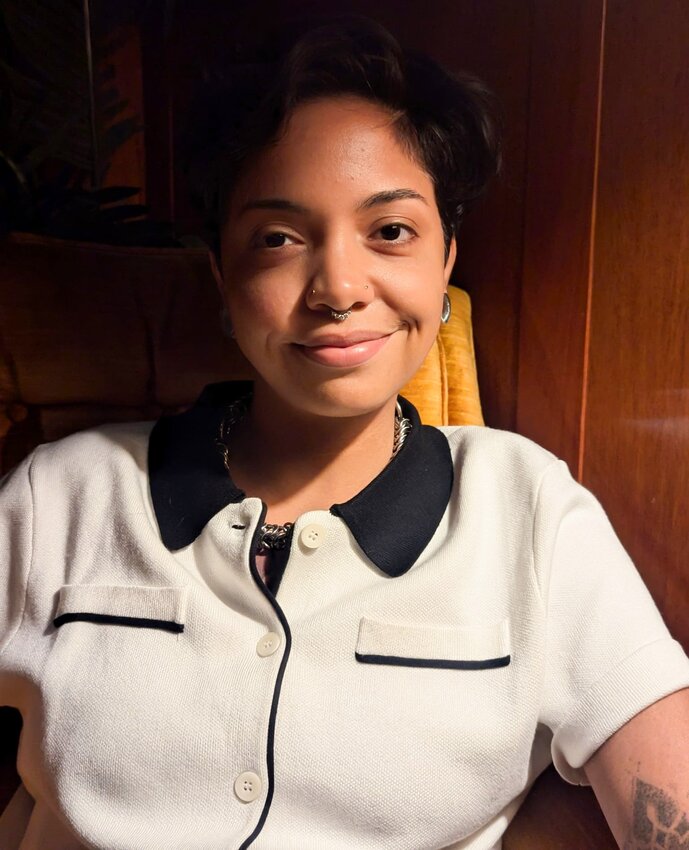
Amanda Ulloa
Production Manager
New York Amsterdam News, New York, NY
How long have you been in creative/visual journalism, and how did you get your start?
My visual journalism career began as a freelancer for the Amsterdam News eight years ago.
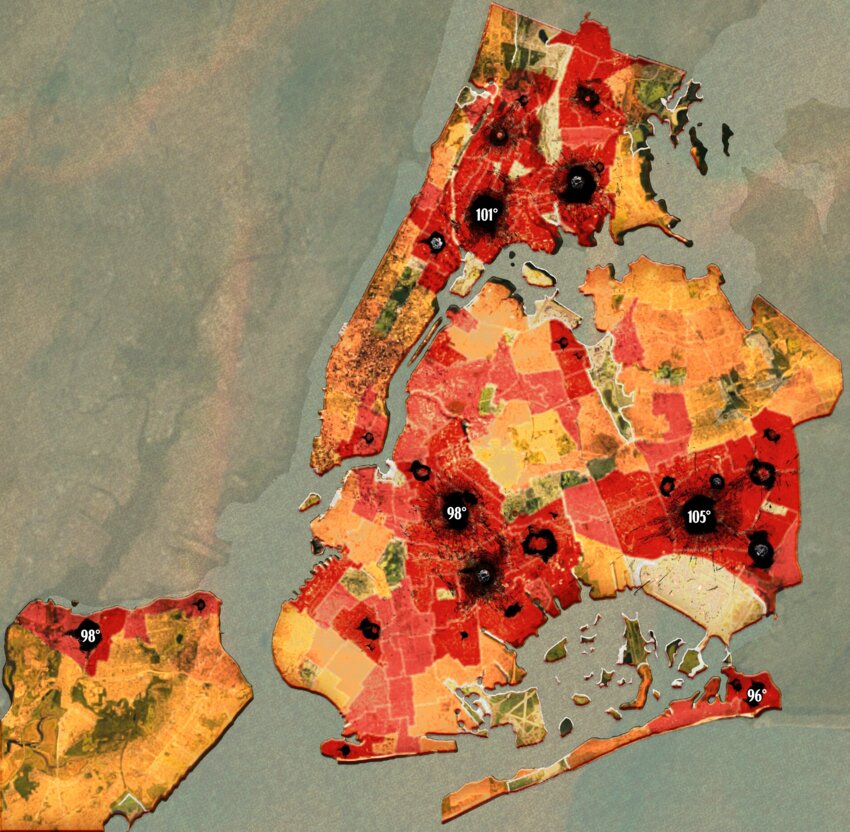
What gets (and keeps) your creative juices flowing?
Honestly, the world. Nature itself is very inspiring. It is important to me to hold space for [nature] in this digital world where reality and fiction keep blurring the lines.
What advice do you have for young professionals starting out in the creative field?
I advise making friends and keeping connections close because you might be the person they are looking to hire someday.
What do you see as the most important trend or facet of visual journalism/media creative today?
Everything is referential. I can be having a serious conversation, and my mind goes wild, connecting references that shouldn’t make sense to the current topic, but somehow, it works.



 Robin Blinder is E&P's editor-in-chief. She has been with E&P for five years. She can be reached at robin@editorandpublisher.com.
Robin Blinder is E&P's editor-in-chief. She has been with E&P for five years. She can be reached at robin@editorandpublisher.com.
Comments
No comments on this item Please log in to comment by clicking here